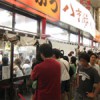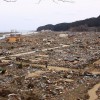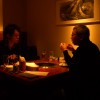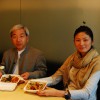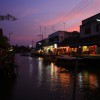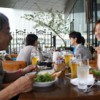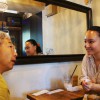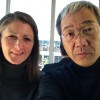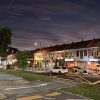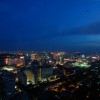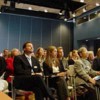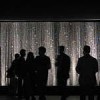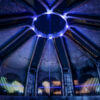Theme: Architects of Light
Interviewer: Mikine Yamamoto
Yamamoto:Today is a nice day. Japan is lucky to have four seasons and to be able to experience the changes that natural sunlight displays. When I joined LPA 8 years ago I really wanted to design daylight in architecture. Architects like Eero Saarinen, Louis Kahn, and Tadao Ando really incorporate daylight into their buildings and I am inspired by how the architecture, itself, seems to function like a light fixture. When I was a student, I spent most of my free time visiting architecture, especially museums. The space in museums is so dramatic and compelling. I think it is really important to just experience architecture. Spend time enjoying the spaces and be moved by the various expressions brought on by changes throughout the day. That being said, the fundamental and emotional incorporation of light in Scandinavian architecture and Asian architecture is very different.
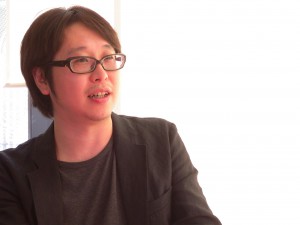
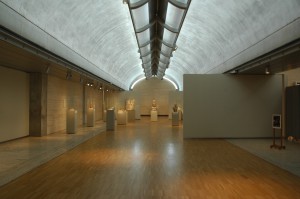
Kimbell Art Museumby Louis Kahn
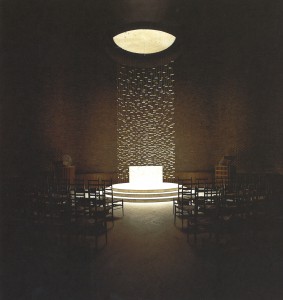
Kresge Chapel : MIT Chapel by Eero Saarinen
Mende:I can`t say which is superior, but I believe Scandinavian architects are intuitively keen to detail. The angle of the sun is very low in Northern Europe and Scandinavia and it penetrates to the interior of buildings. It feels like the towns of Northern Europe and Scandinavia seem to be designed with the rising and setting of the sun in mind. The long shadows leave a lasting impression and because there are shadows the light really stands out in one`s mind. Compared to someone who lives near the equator the benefits of sunlight are smaller and therefore this sensitivity seems to be more developed.
Yamamoto: Yes, maybe so. When designing shadows, light really seems to be emphasized. Even soft gradations of light are more easily sensed. I think modern architects really used creative methods to include daylight in their designs. By including natural light from the surroundings in designs, the space is able to take on different expressions. I have never been myself, but two examples of modern architecture, where the buildings seem to be designed as a light fixture in itself, are the Kimbell Art Museum by Louis I. Kahn and the North Jutland Art Museum by Alvar Aalto. I hope to visit both in the near future.
You must have visited many architectural works outside of Japan. What architecture has really caught your eye?
Mende:Yes, I have visited many buildings over the years. I especially feel the Kresge Chapel on the MIT campus by architect Eero Saarinen is a wonderful work of architecture. Over the altar, light filters down from above and you can really sense the presence of God. Also, light reflects of a surrounding basin of water to wash the walls, an ingenious lighting effect which really makes this architecture stunning.
Yamamoto:The methods and detail used to skillfully incorporate natural light into a building seem to overlap with the areas of responsibility and interests of a lighting designer. I really want to expand the work of this profession to that point, but in reality boundaries could be difficult and work may not be compatible. From experience, I think that at this point in time, our position as lighting designers is to make suggestions and advise on daylight designs with architects.
Mende:I think, maybe, our only option is to make a few arrogant suggestions about the architectural design. Although, as lighting designers, I think we should get inside the architect`s head to understand the project, but be outspoken about our own ideas. However, knowing when you have gone too far and are over stepping is also important to understand in build a good working relationship. Architects also have ideas about light. I really makes my day when an architect produces several self-drawn sketches of really thrilling daylight designs.
Yamamoto:So, are you saying, even if we are not asked, we should still give advice and confidently suggest lighting designs? Maybe, out of respect for architecture and as an individual of the total design team, we should all do our part to be better.
Mende:A lighting designer is just an architecture through a filter of light.
Yamamoto:I see. We as, architectural lighting designers, participate in the design process and bring with us techniques in lighting design.
Mende:How does architects of light, sound?
Yamamoto:Ah, that is good! Until now I seemed to be hung up on the word lighting designer. This is refreshing and clean cut. I`ll do my best to live up to the reputation of an architect of light.





